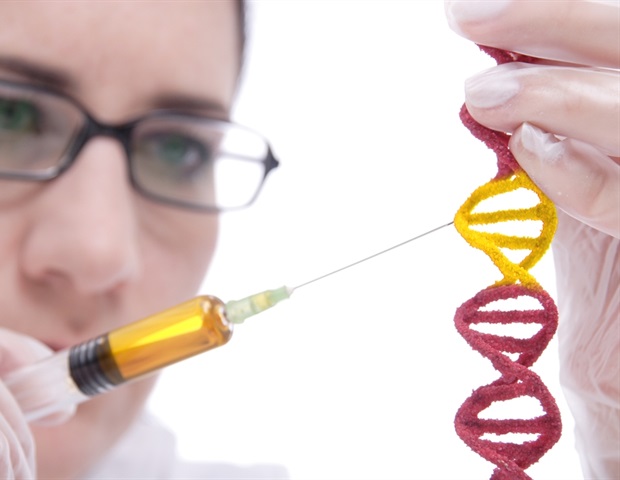Traditionally, geneticists divide disorders into “simple,” where a single gene mutation causes disease, or complex, where mutations in many genes contribute modest amounts. A new study suggests that the truth is somewhere in between.
For many years, scientists studying patient genomes have gained glimpses of genetic “burden” or additional genetic variation that contributes to the effect of disease-causing mutations and makes them more (or less) potent. In principle, this phenomenon can help explain why some people are severely affected by disease and some are not. However, the notion of genetic burden has been controversial, in large part because it has been harrowingly difficult to detect and understand its properties.
Now, scientists from the Stanley Manne Children’s Research Institute at Ann & Robert H. Lurie Children’s Hospital of Chicago have used a conglomerate of genetic and functional approaches to demonstrate the existence of burden in diseases thought to be caused by a single gene.
Published in Nature Genetics, their study focused on several hundred patients with Bardet-Biedl syndrome (BBS), a rare disorder affecting cognitive function, vision, renal function and body weight regulation. Critically, all of these patients had already been diagnosed genetically with BBS, in that they carried mutations in one of the 25 genes known for this disorder. In simple terms, their genetic diagnosis was finished, and they were considered “solved.”
However, when the authors analyzed these patients for all known BBS genes, they found that they carried three times as many additional mutations in a pattern more reminiscent of the genetic architecture of complex traits, such as Alzheimer disease or type II diabetes. Moreover, the distribution pattern of these mutations was not random, but clustered around specific subsets of genes that encode two different protein complexes. These observations intimate that the effect of these additional genetic mutations was driven not only by their number, but also their position in a “disease network.”
The study also has implications about the types of genetics data can be returned to patients in the clinical setting.
It is imperative that we broaden our search for answers beyond the single causal gene. We have always known that disease causality was not binary, but a continuum, but we lacked the proof and the tools to detect it. To me, this is not too different from the development of tools that increased the magnification of telescopes. Now we can see deeper, better, and start making predictions about diseases: why they happen, why the progress the way they do. The work also gives us multiple potential entry points for therapies: some disease-causing genes are difficult to target–but their neighbors might be amenable.”
Nico Katsanis, PhD, senior author, Director of the Advanced Center for Translational and Genetic Medicine at the Manne Research Institute at Lurie Children’s. Dr. Katsanis also is Professor of Pediatrics and Cell and Molecular Biology at Northwestern University Feinberg School of Medicine
Looking forward, the research team is currently applying these concepts to a host of other related disorders, paying close attention to network mutations that both exacerbate disease severity but also attenuate. “It has taken us 20 years to get here,” says Dr. Katsanis. “Now, I feel we have a new depth of resolution to understand the problem better.”
The Advanced Center for Translational and Genetic Medicine studies rare genetic diseases in children, using cutting edge biological and bioinformatic tools to identify and interpret human genetic variation, discover disease mechanisms, and develop new therapies.
